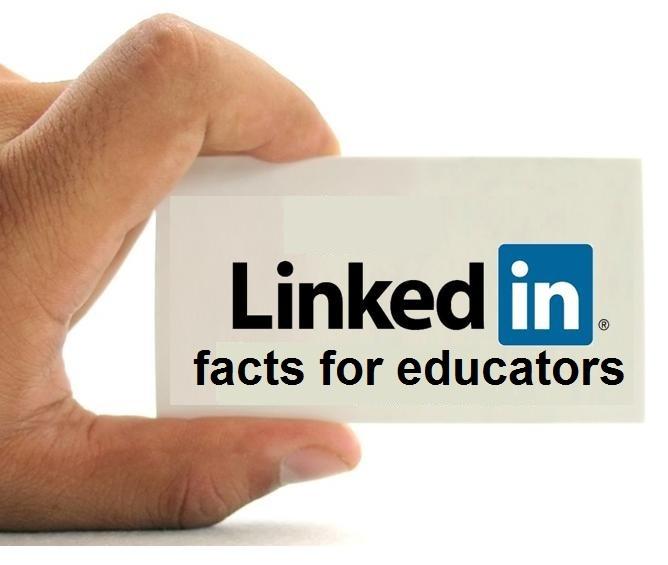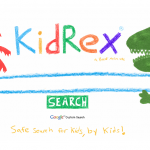For all those who don’t know much about LinkedIn Corporation, it’s a social networking website for people in professional occupations. Founded in December 2002 and launched on May 5, 2003 and it is mainly used for professional networking.
As of January
2013, LinkedIn reports more than 200 million registered users in more than 200 countries and territories. The site is available in English, French, German, Italian, Portuguese, Spanish and a few more languages.
Unlike most social networking sites which believe in creating a buzz, getting more people to view or comment on their blog or post this site is more focused on working getting Job seekers and having them review the profile of hiring managers and discover which of their existing contacts can introduce them to them. Pictures and videos aren’t updated to keep the world informed of your latest rendezvous but Users post their own photos and view photos of others to aid in identification.
This site is very good to help the teachers let go of their fear to social networking and educate themselves and help them truly understand social mediums so they can teach the students how to use them responsibly.
The following are 10 facts about Linkedin that separate it from other social media networks:
1. Linkedin is a professional business social media network, most of the other social mediums are for networking but this one is purely professional.
2. Linkedin is not equivalent to Facebook, Twitter, YouTube, or MySpace. Members will not find personal pictures posted, only professional photos that he/she chooses to include as part of a professional profile.
3. Educators have full control over whom they connect with and the groups they join.
4. Educators will find fascinating groups on Linkedin, from preschool through higher education. The conversations and work shared is amazing, and all educators will find a place to grow and learn.
5. Posts are only part of the network in which the member belongs. If he/she does not post anything, only a quiet profile will remain in the background.
6. Educators can find career opportunities within the field of education or outside the field. Enabling them to find out and research things on a strictly professional level.
7. Linkedin will not promote the loss of a teacher’s job (meaning, there is no threat of a teacher losing his/her job due to an online class replacement).
8. Educators should have an online presence. Teachers are professionals, and according to Alison Doyle, a minimum of 60% of jobs are now found via social networking.
9. Fighting technology will leave teachers out of the game in the long run. Hence this site helps them to stay abreast with the technology.
10. Most importantly, Educators must be an example for the students they teach. If they are not part of the biggest professional network, where most people find jobs through networking, how will our students know or understand how to use the tool? Who will model this technology for our future?
As we represent the present, we must also model the future. Linkedin does a good job at empowering the future of bringing social mediums in education and shaping the future.


